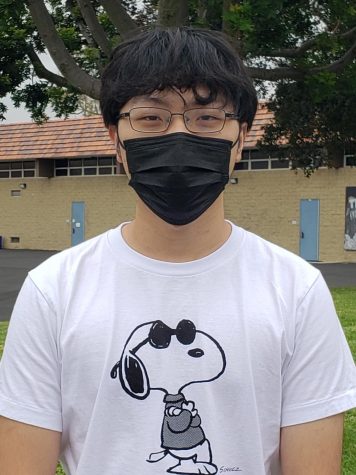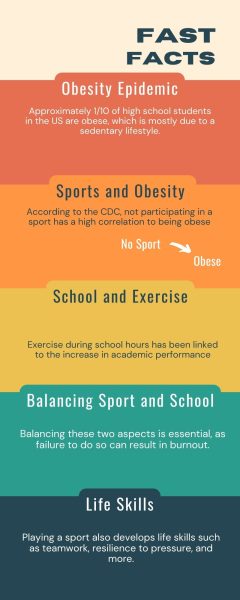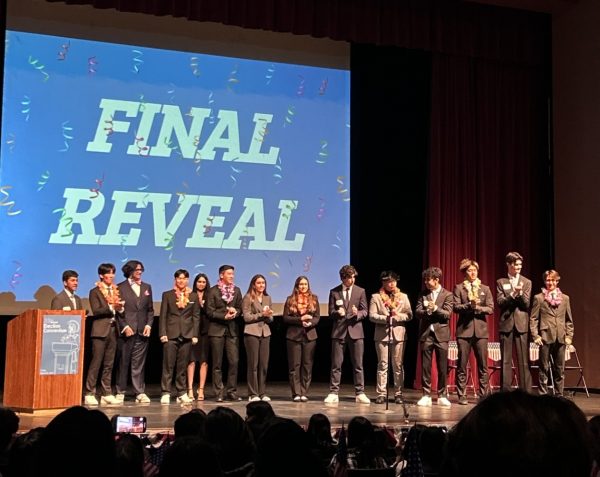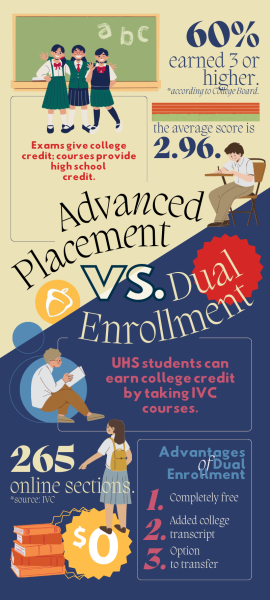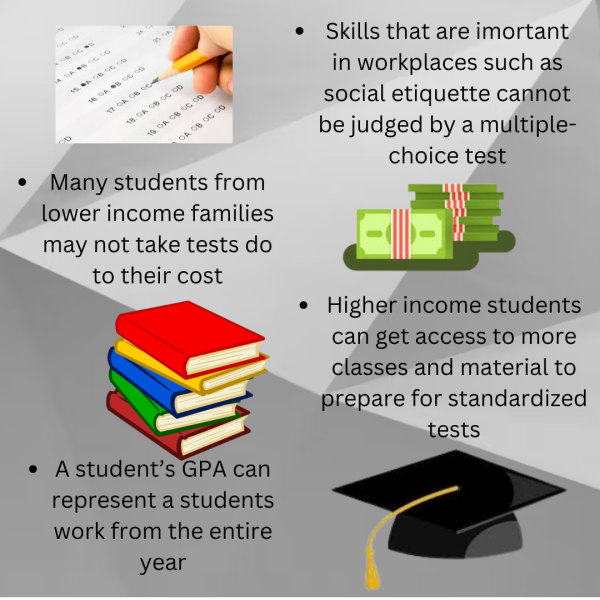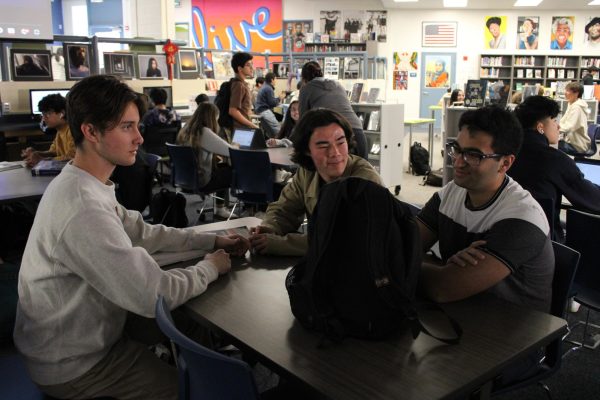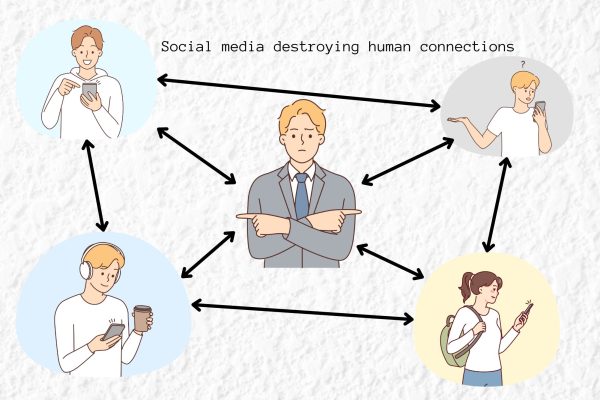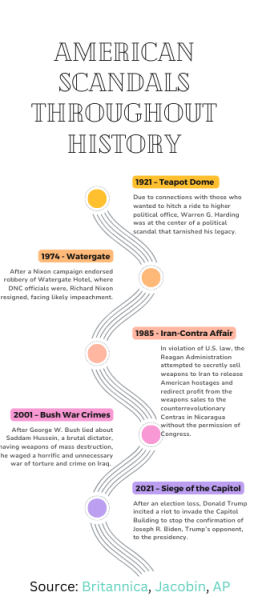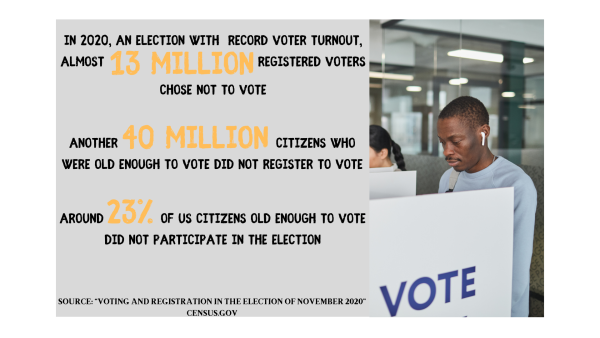Is the Mask Mandate Really Effective?
Full frame of a protective surgical masks.
October 14, 2021
*The opinions expressed within the content are solely the author’s and do not reflect the opinions and beliefs of the website or its affiliates.*
Since the very first case, the pandemic has led to more than 227 million infections and 4.5 million deaths worldwide (worldometers) with these numbers still growing. As the U.S and the world increase the pace for universal vaccination, the return to normalcy has become the priority.
Governor Newson, after consulting many public health experts, issued guidance on safe returns to in-person instruction on August 6th. It marked a new era in education and meant that California schools needed to adopt a unique learning environment that puts students’ safety first. With COVID-19 being a highly contagious disease capable of spreading quickly through respiratory means, the mask stands against it as a powerful defensive tool to help reduce transmission and decrease the danger of exposure. However, the mask mandate issued according to state guidelines is controversial and ambiguous in both its requirements and the way it is being enforced. More specifically, the danger of open space infections is not taken into account.
The Center for Disease Control (CDC) is bold in its instructions. It suggests that only unvaccinated students and teachers need to abide by masks and distancing protocols. Fully vaccinated students, teachers, and staff do not need masks in school. UHS guidelines instruct students to wear masks inside the classroom, but this is not made mandatory in outdoor settings. Lunch tables, cafeteria lines, and sports fields could easily undermine the school’s effort against COVID-19. According to a study by virologist Nishiura, the indoor infection rate is around 18.7 times greater than in outdoor settings. However, although the rate of transmission in outdoor environments is lower due to the constant flow of fresh air, the virus’ trait of airborne travel still puts students at risk. The two transmission factors, distance and the degree of crowdedness are still a concern at school This is true even in outdoor conditions. For instance, lunch lines and tables are located outdoors but pose high-risk areas due to an unsafe combination of distance and crowdedness factors. For example, the free lunch program attracted more students to the lunch lines and currently lacks supervision to maintain physical distancing measures. Lunch tables are another public space where masks are not required but are consistently overcrowded with students. Lunch tables may well be the most dangerous places on campus as students eat in congested groups with no safe physical distance maintained. The concern for infection in these open spaces are held not only by students but also parents. Some students eat their lunch in their parents’ cars during lunchtime to avoid being caught in a crowd without masks. It is also worth noting that the Los Angeles Unified District announced its decision to also include mandatory masking during school time, minimizing the risk of transmission during in-person learning. This is a firmly encouraged decision that may prompt other districts to follow suit.
With the recent rise of positive COVID-19 cases tested in California, the virus comes back with a new face. It has developed many new variants that make the disease even harder to track and analyze its transmission ability. According to the New York Times, Delta, the most contagious variant, is roughly twice more infectious than the original virus and as much as 60 percent more transmissible than the Alpha variant. To fight the near-invisible and quickly adapting enemy, the mask mandate needs to be stricter in its goals of prevention rather than simply sounding appeasing on paper.
The current enforcement of the mask mandate is also ambiguous and thus challenging to trace responsibility if cases occur. School districts around California have the authority to implement their respective policies and choose to follow guidelines in degrees that they believe appropriate. On the macro level, this has created inconsistency between regions and has caused a disconnect regarding the containment efforts against COVID-19. This has resulted in a complex issue where the state education and health department need to exercise their power to supervise state school environments. On the micro-level, the school and district itself can not consistently enforce the measures trying to be taken. It is almost unavoidable that there are instances in which students take off their masks in congested areas or walk into classrooms without being masked. In such cases, any later attempts to put on one’s mask would not have changed the fact that those students had already exposed themselves to COVID-19 and put other students at risk in the process. Additionally, social distancing is difficult to enforce because it is important to keep in mind that the majority of those on campus during the day are teenagers who are not always aware or cautious in regards to safety measures. Corresponding warnings need to be more explicit for students to reinforce their understanding of the consequences of their irresponsible actions. The school should also work closely with parents to create the best possible health environment for students to learn in. Due to the impracticality of attempting to enforce social distancing measures in open spaces, the health department should take serious consideration to mandate masks outdoors.



